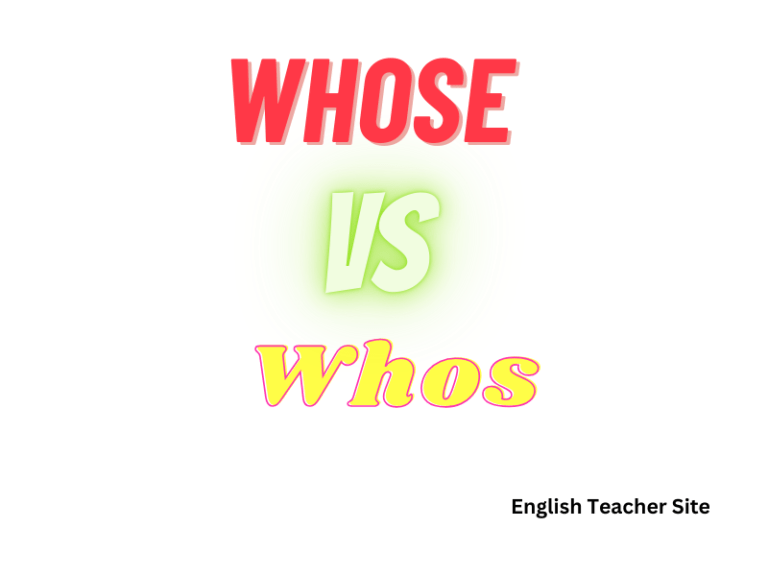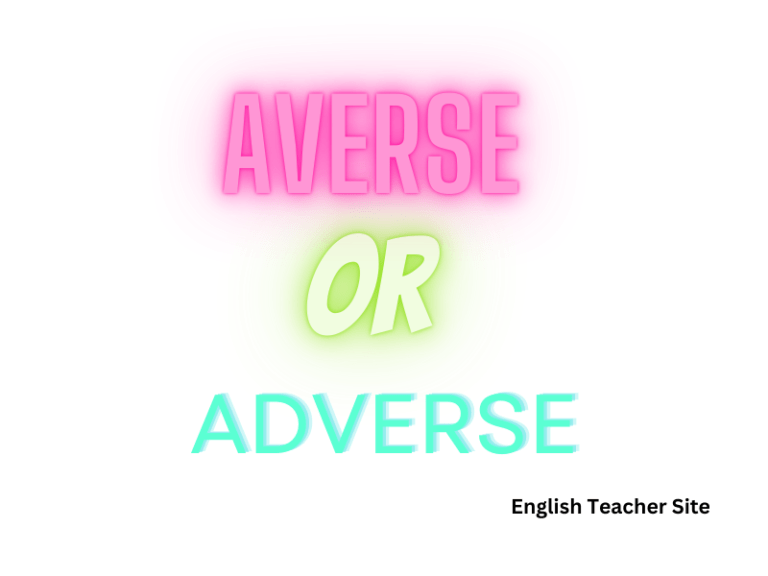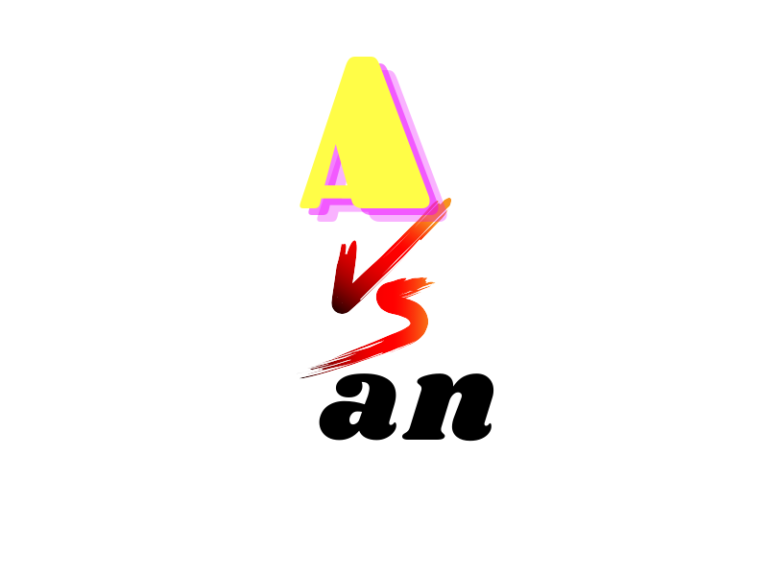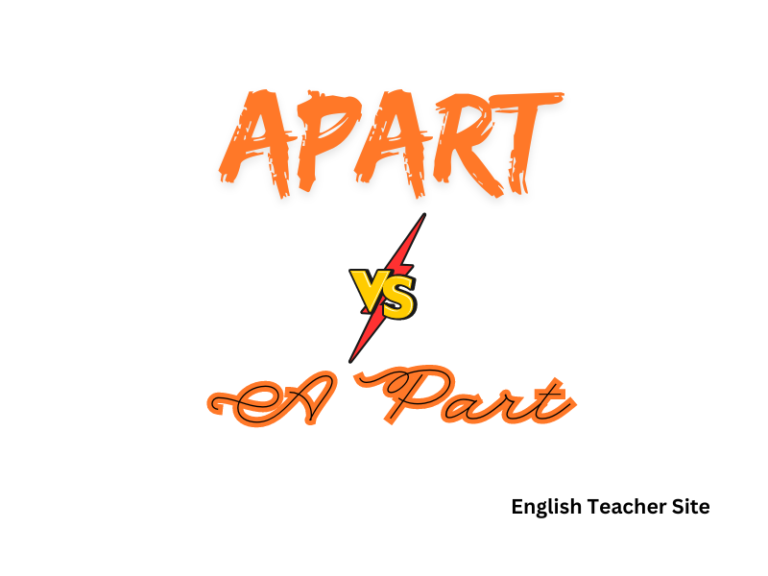When to Use Is or Are: Examples
These two forms of the verb “to be” serve as the foundation for constructing clear and grammatically correct sentences. “Is” is used with a singular subject, whereas “are” fits a plural one. For example, “She is a teacher” contrasts with “They are teachers.” The choice between “is” and “are” depends on the subject-verb agreement, which…










